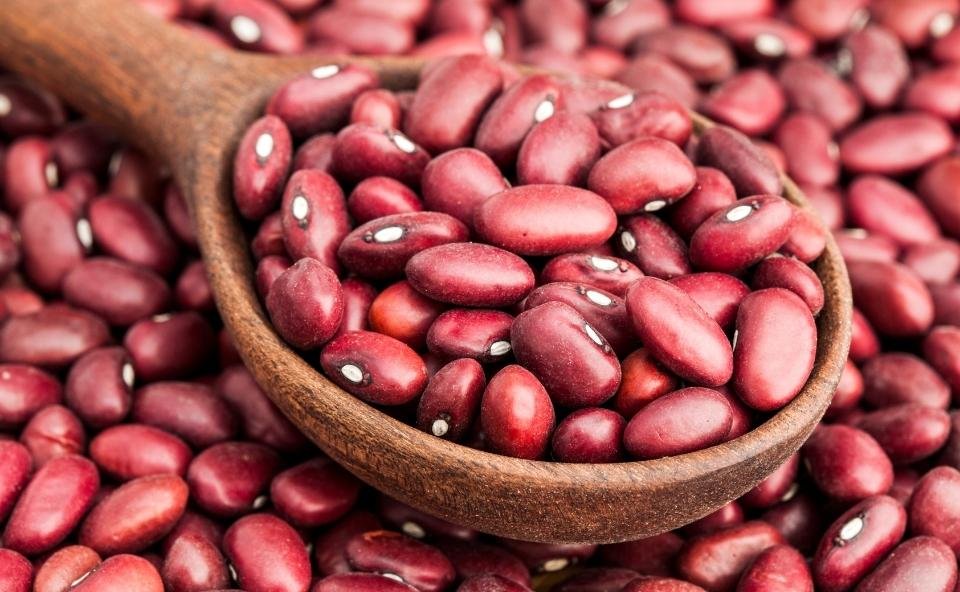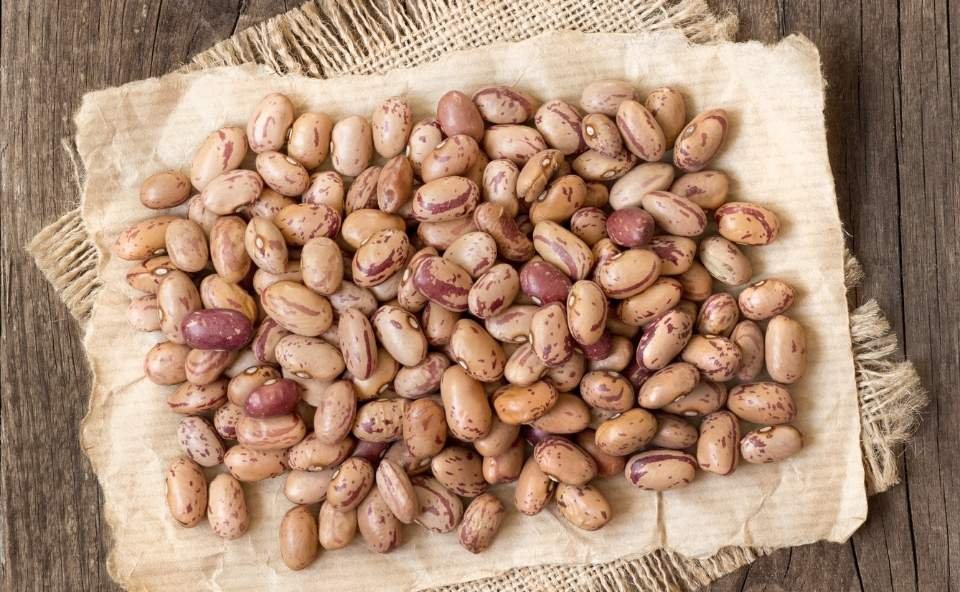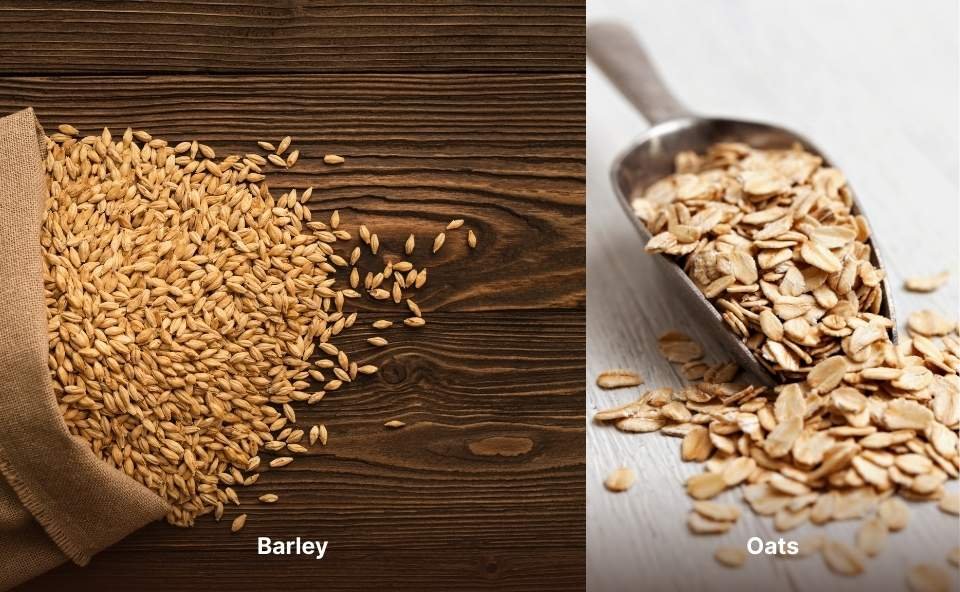As someone who cooks daily and follows a plant-based diet, I’ve often found myself torn between pinto beans and kidney beans. While they may look similar, there are small differences that can impact your food choice. Whether you’re dealing with time constraints, following a specific meal plan, or just want a healthy option, both beans are rich in protein, fiber, vitamins, and minerals. They’re also free of trans fats and act as great meat substitutes for those focused on healthy eating and disease prevention.
From personal experience, I lean toward pinto beans for their creamy texture, especially when I’m trying out new recipes, while kidney beans work great in hearty meals, thanks to their dense feel. Your taste preferences, personal preferences, and dietary needs matter when making this selection. Both beans support weight loss, help manage digestive issues, and are easy to find in canned form or dried.
Whether you’re choosing based on nutrition facts, aiming for specific protein content, or just want a cheap alternative to meat, knowing their nutritional profiles helps with smarter decision-making. For me, the choice often depends on my cooking mood or an occasional change in my eating habits, but either way, you’re getting real nutrition benefits and a healthy choice.
🌱Overview
Having spent plenty of time in the kitchen, I’ve discovered how kidney beans and pinto beans each bring something special to the table.
Kidney Beans
Kidney beans, with a history stretching back 7000 to 8000 years in Central America and South America, have always been a go-to in dishes like rajma and chili. Their kidney-shaped form—resembling a human organ—gives them a unique texture. Over the centuries, they became a staple in global cuisines due to their adaptability, rich nutrition, and ability to store well.
Curious how pinto beans stack up against other beans? Check out our in-depth comparisons—kidney beans vs Black beans and kidney beans vs Red beans—to explore the delicious differences!
Pinto Beans
On the flip side, pinto beans are a key ingredient in Southwestern American and Latin American cuisine, and I’ve always enjoyed them in tacos, burritos, and refried beans. The name pinto comes from the Spanish word for painted, and their mottled, speckled skin truly lives up to that description.
If you’re curious to learn more about their history, uses, and benefits, be sure to check out my Complete Guide to Pinto Beans.
Additionally, if you’re interested in how pinto beans compare to other beans, check out our detailed comparison of Black Beans vs Pinto Beans to discover more about these tasty options!
Both varieties offer something unique for your dishes—whether it’s the deep flavor of kidney beans or the comforting texture of pinto beans.
🍒 Appearance
Kidney beans are larger and have a distinct kidney shape that’s smooth with a glossy surface. Their deep red to reddish-pink shades hold up even after cooking, and their vibrant color adds a nice pop to any dish. Whether you choose the red kidney beans or the white kidney beans, their bold color always stands out, making them a favorite in dishes like chili.

Kidney Beans.
In contrast, Pinto beans have a unique beige color with reddish-brown speckles, giving them a beautiful mottled or marbled look when dry. Once cooked, they turn a soft light brown with a smooth, creamy texture. These beans are smaller and have an oval shape, and the speckles disappear when cooked, leaving a delicate pink color. They’re perfect for adding flavor and color to tacos and burritos.

Pinto Beans.
🍲 Taste
Kidney Beans: Bold and Hearty
In my cooking, Kidney beans always bring a robust, firmer texture that works beautifully in chili, stews, and spiced recipes. Their nutty flavor and slightly sweet notes add a distinguished, hearty taste, especially when paired with bold spices. They stay firm, even when cooked, and their larger, heartier form makes them perfect as a main bean in dishes that need structure.
What I love most is how they absorb flavors deeply, making every bite rich and satisfying.
Pinto Beans: Creamy and Comforting
Pinto beans, on the other hand, have a mild, earthy flavor with a slightly nutty undertone. Once cooked, they turn soft and creamier and are my go-to in refried beans or creamy soups. Their rich texture and ability to blend well in different dishes make them a favorite for comfort meals. Even though they start relatively plain, they soak up spices and flavors beautifully.
I often use them when I want a sweeter, nutty taste, especially in meals that aren’t too much on the dry side or taste the same.
🥗 Side by Side Nutrition Comparison
As someone who loves using nutrient-rich ingredients, I often turn to kidney beans and pinto beans for their solid nutritional profiles. Whether it’s for energy-dense meals or maintaining a balanced, healthy diet, these common beans make a perfect fit.
Here’s a clear look at their macronutrients, vitamins, and minerals based on a 1-cup serving of cooked, unsalted beans—ideal for those focused on heart health, digestion, or blood sugar control.
| Nutrient | Kidney Beans | Pinto Beans |
|---|---|---|
| Calories | 225 | 245 |
| Protein | 15g / 15.3g | 15g / 15.4g |
| Carbohydrates | 40g / 40.4g | 45g / 44.8g |
| Fat | 0.9g | 1.1g |
| Fiber | 11g / 11.3g | 15g / 15.4g |
| Vitamin K (%DV) | 19% | 7% |
| Thiamin (%DV) | 19% | 22% |
| Vitamin B6 (%DV) | 11% | 20% |
| Folate (%DV) | 58% | 74% |
| Calcium (%DV) | 6% | 8% |
| Iron (%DV) | 22% | 20% |
| Magnesium (%DV) | 19% | 21% |
| Phosphorus (%DV) | 24% | 25% |
| Potassium (%DV) | 20% | 21% |
| Zinc (%DV) | 12% | 11% |
| Copper (%DV) | 19% | 19% |
| Manganese (%DV) | 38% | 39% |
From fiber to folate, both beans offer amazing benefits for cell function, bone health, energy production, and blood pressure regulation.
I personally keep this chart handy when I need a quick comparison, especially while tracking macros or nutrient intake.
📚 Reference: Data sourced from MyFoodData, Verywell Fit, and Healthline.
🍲 Preparation and Cooking Time
When preparing pinto beans and kidney beans, knowing the cooking time and the best methods makes all the difference. I’ve found that soaking the beans in cold water overnight helps reduce gas and bloating, two common issues. After soaking, you have a few great options to cook your beans: Instant Pot, pressure cooker, Stove Top, or Slow Cooker. These methods help you save time and get the best texture.
Pinto Beans Cooking Time
- Instant Pot: (unsoaked – 50 minutes) (soaked – 20 minutes)
- Stove Top: 2 hours 30 minutes
- Slow Cooker: 8 hours on low
Kidney Beans Cooking Time
- Instant Pot: (unsoake – 45 minutes) (soaked – 15 minutes)
- Stove Top: 1 hour 30 minutes
- Slow Cooker: 4 hours on high, 6 hours on low
Dried beans take longer than canned beans, but soaking reduces the cooking time.
Whether you’re using the crockpot or pressure cooker, knowing the exact cook time and equipment helps you make perfect beans every time.
🌍 Worldwide Consumption Comparison
Pinto Beans
Pinto beans are a real favorite across North and South America, making up around 60% of global consumption. Their creamy texture and earthy flavor make them a go-to in Mexican and Latin American dishes. While they shine in the Americas, they’re also enjoyed in soups and stews throughout Europe, Asia, and Africa—just not as widely.
Kidney Beans
Kidney beans have a more balanced global presence, with North America, South America, Europe, and Asia each contributing about 20–25%. With their rich, meaty bite, they show up in everything from chili and curries to comfort food classics. No matter where you are, kidney beans are a cozy kitchen staple.
💰 Cost Comparison
When it comes to dried beans, I’ve found that pinto beans are usually the more budget-friendly choice. As of April 2025, at Walmart, 1 pound of pinto beans is priced at $1.08, while 1 pound of kidney beans costs around $1.28. That’s about 20 cents more per pound for the kidney beans.
On the other hand, if you’re buying canned beans, both types are priced the same—just 86 cents each. So, if you’re looking to save, pinto beans are a great pick!
🍲 Recipes
I love how both bean types show up in traditional dishes across South and Central America, especially in bold, flavorful Mexican cuisine. Some of my favorite go-to recipes come from these regions, and I often find ways to mix global flavors from other parts of the world too, using these versatile beans.
Pinto Beans Recipe
- Instant Pot Borracho Beans Recipe (Pinto Beans)

Frequently Asked Questions
🤔 Which One’s Healthier – Pinto or Kidney Beans?
I use both pinto beans and kidney beans all the time—they’re easy, tasty, and super nutritious. They’re nutritionally similar, but pinto beans usually have fewer calories and more fiber, which helps keep me full. Kidney beans are higher in iron and potassium, so I like adding them when I need an energy boost.
Both have great benefits and are a big part of my well-balanced diet. Whether you consume them in salads, stews, or wraps, they offer so much. You really should try using both in different ways!
🤔 Can I Swap Pinto Beans with Kidney Beans?
I’ve swapped pinto beans and kidney beans in many recipes, but it really depends on their textures.
Pinto beans are more creamy and softer, so they’re great in refried beans or creamy bean dips with a nice smooth consistency.
But for dishes like salads or chunky stews that highlight a firm texture, kidney beans work better.
When a recipe specifically calls for one ingredient, I always think about the final result before choosing a substitute.
🤔 Which Bean Tastes Best in Chili?
I usually go with kidney beans since they’re the standard in most chili recipes, but I’ve also made a tasty pinto bean chili with great texture and taste. Honestly, both bean types work well and can be substituted without much issue, so I just swap depending on what I’m craving that day.
Conclusion
After trying both types of beans in all sorts of dishes, I’ve found that I prefer pinto beans a bit more — they’re just easier to cook with and super versatile. That said, a good recipe can really bring out the best in kidney beans, too.
If you’re wondering which kind to choose, this quick guide should be helpful. I’d love to share ideas and hear your go-to in the comments — let’s swap bean tips and favorites!

Hi, I’m the voice behind The Bean Bite — someone who’s genuinely obsessed with beans! What started as a simple love for homemade lentil stew turned into a journey of discovering bean varieties, cooking tips, and their amazing health benefits. This site is my way of sharing that joy with you — one bean at a time.



